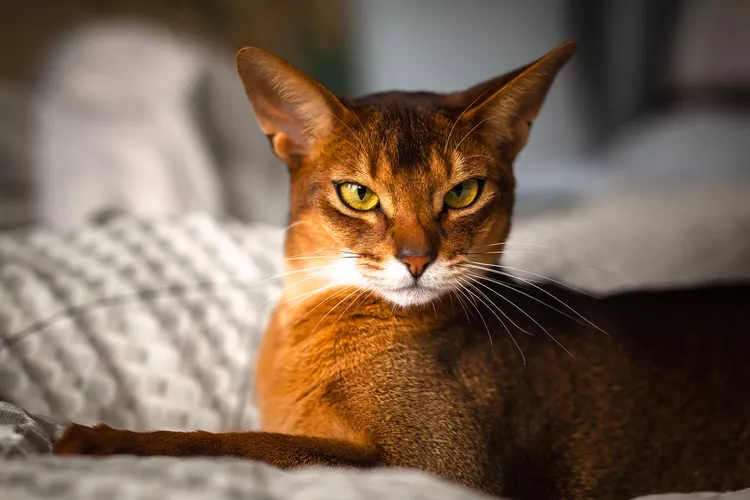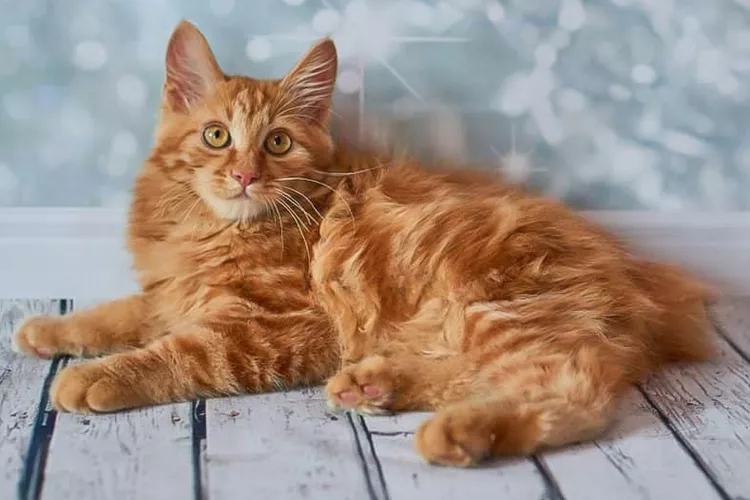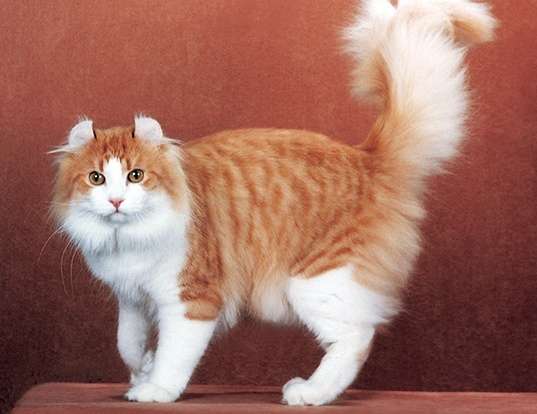
Description
Size: 7-17lbs.
The British Shorthair has robust, thick-set legs with rounded paws and a medium-length tail with a blunt tip, giving it the appearance of being a fairly powerful-looking big cat. With a short nose, broad cheeks (particularly visible in adult males, who tend to acquire pronounced jowls), and big, round eyes that vary in color depending on the coat and the head is quite large and rounded. They have broad, widely-spaced ears.
British Shorthairs have flourished in many different colors, while the British Blue variety is still the most well-known. It resembles a cuddly teddy bear due to its thick coat and distinctively rounded head and face.
Behavior
Activity Level: Calm/low
Social needs: Enjoy the companionship
British Shorthairs are a calm and elegant breed that is not as energetic and lively as many other breeds, but they are sweet-natured and dedicated to their owners, making them a favorite among animal trainers. They are generally safe among other pets and kids since they will accept some physical touch, but they do not appreciate being picked up or carried.
Origin/History
The British shorthair is arguably Britain’s oldest cat breed. The most widely accepted hypothesis about the origins of this breed is that they began as shorthaired street cats, but breeders polished and standardized the cats until they matched the British shorthair we know and love today. Harrison Wier, considered the very first professional cat breeder, is regarded as the “father” of this breed.
Care as a Pet
The British shorthair has a short coat that requires little maintenance, as the breed name would imply. Once a week, give your British shorthair a gentle slicker brushing. During times of seasonal shedding, brush more frequently to get rid of loose hair before it gets all over the house. Weekly ear checks and nail trimming are also recommended. If you notice some debris in the ears, clean them with cotton balls and a pet ear cleaner (never use a cotton swab!). Make a vet appointment if your British shorthair’s ears seem red or extremely unclean.

Even as adults, British Shorthairs are lively, although they are not overly energetic. By exploring the house and playing with you a few times a day, they can receive enough exercise. Use feather wands, toy mice, and any other favourite toys to entertain your British Shorthair. Ensure that your cat has a lot of places to climb and perch, such as cat condos, cat-friendly bookcases, and cat trees. Scratching provides cats with enrichment and exercise as well. Create a number of appropriate scratching areas throughout the home, including both horizontal and vertical scratchers (like cardboard or sisal scratchers that lie flat on the ground or tall posts or cat trees).
Nutrition and Diet
Despite the British shorthair’s sturdy build, it’s recommended to maintain a healthy weight in order to avoid weight-related health problems like diabetes and heart disease, which can affect any cat but may be made worse by obesity. Feed your adult British shorthair metered meals twice each day (young kittens should receive meals three times per day). Avoid “free feeding,” or leaving food available all day. The result of this behavior may be overeating and weight gain. For suggestions on the best food for your cat, consult your vet or the breeder you worked with.
Grooming needs
The short, silky coat of the British Shorthair is easy to care for, requiring just weekly brushing. Brush more regularly during periodic shedding seasons to eliminate loose hair before it accumulates all over the house.
Table





